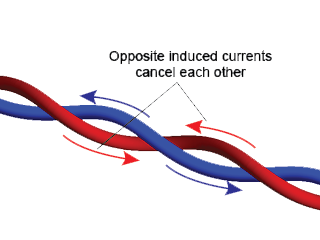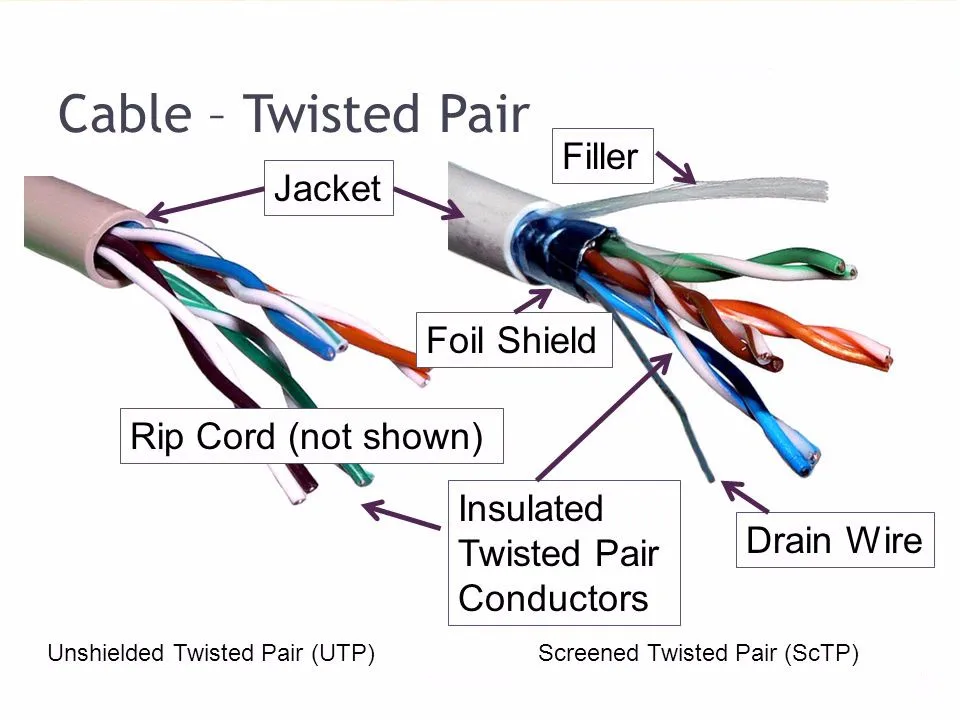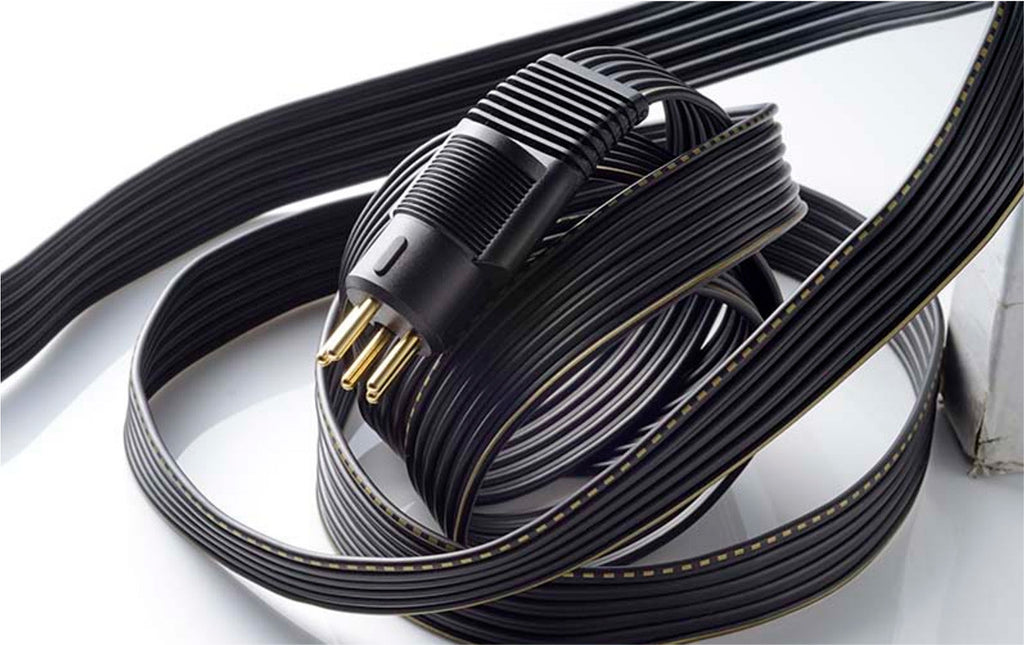correct.
It's going to be for a modified T40rp headphone, yeah i got a bit confused because of the multiple outputs, so its still just going to be one hot wire and one ground?






















